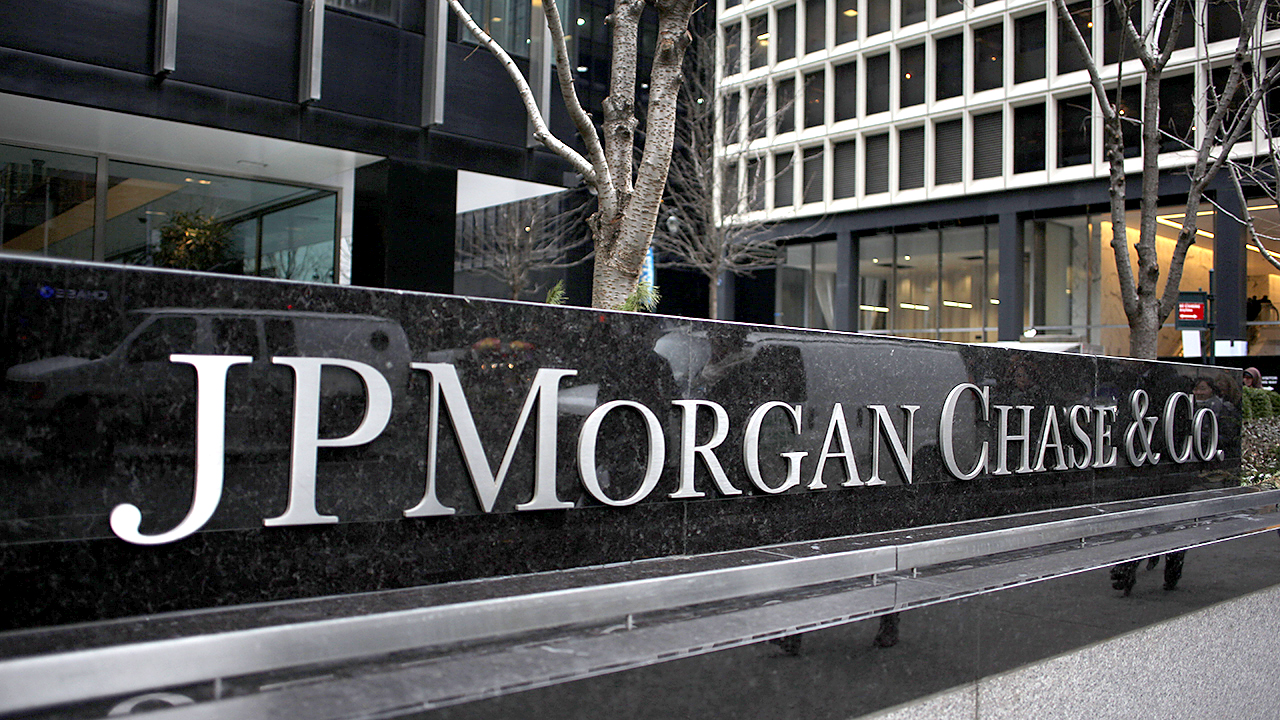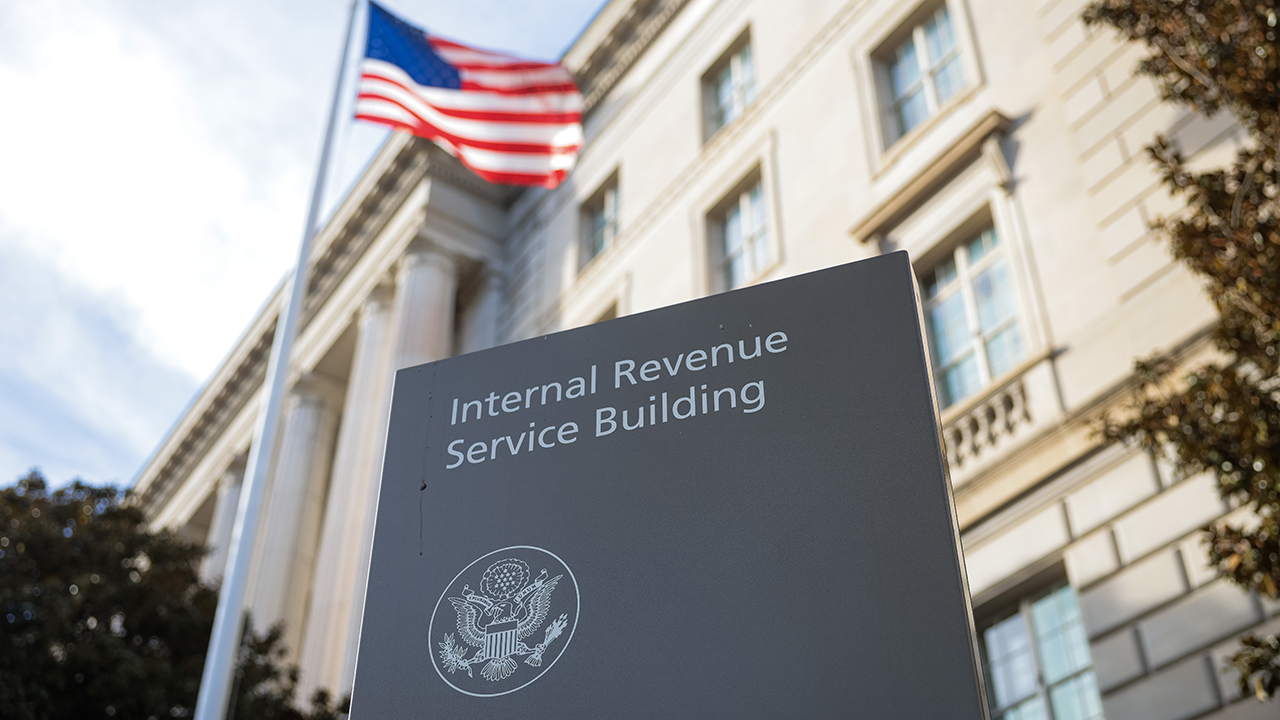Global Investors Pivot Away from Wall Street in Search of Fresh Growth


After years of U.S. market dominance, global investors are finally looking elsewhere. From London to Singapore, money managers are rebalancing portfolios and pouring billions into “ex-U.S.” stock funds—a growing category designed to exclude American equities entirely. The shift marks one of the most notable re-allocations in global investing since the post-pandemic rally, driven by concerns over stretched U.S. valuations, policy risks, and the lure of cheaper opportunities abroad.
A Turning Point for Global Portfolios
For more than a decade, U.S. stocks—led by tech giants—have delivered the bulk of global equity returns. But that dominance has come at a price. Many analysts now warn that the U.S. market looks overvalued and overconcentrated, with a handful of mega-caps accounting for an outsized share of performance.
At the same time, political uncertainty and aggressive policy swings have added a layer of volatility that global investors are increasingly eager to sidestep. “It’s not about abandoning the U.S.,” one London-based portfolio manager told the Financial Times. “It’s about balancing exposure before valuations and politics collide.”
The Rise of the ‘Ex-U.S.’ Fund
According to recent data, global ex-U.S. equity funds attracted $13.6 billion in net inflows in July 2025—the highest monthly total in nearly five years. Meanwhile, traditional U.S.-focused funds saw capital outflows, underscoring the growing desire for diversification.
Europe has been one of the biggest beneficiaries. The region’s stock markets, once dismissed as sluggish, are enjoying renewed investor interest thanks to stronger corporate earnings and more reasonable valuations. In Asia, funds tracking the MSCI Asia Pacific ex-Japan Index have also surged, rising roughly 14% year-to-date, while MSCI Europe has climbed nearly 19%, easily outpacing the S&P 500’s modest 7% gain.
Adding to the appeal is a weaker U.S. dollar, which has boosted returns for investors holding assets in other currencies and enhanced the attractiveness of international diversification.
Diversification Has Its Own Risks
Still, spreading investments beyond the U.S. is not without pitfalls. Foreign markets are more fragmented, often less transparent, and subject to political swings and currency volatility. What looks like a value opportunity can quickly unravel in the face of regulatory surprises or local instability.
Currency risk, too, is a double-edged sword. While a soft dollar currently flatters non-U.S. assets, exchange-rate shifts could quickly erode gains. “Diversification works best over time,” notes one European strategist, “but in the short term, currency noise can overwhelm even the best stock-picking.”
A Rebalancing of Power
Fund managers say this reallocation isn’t just tactical—it’s part of a deeper rethink about where the next decade of growth will come from. Global ETF providers are rolling out new products that exclude U.S. exposure altogether, catering to demand from investors who want to reduce concentration risk.
The move also reflects a philosophical shift: after years of treating Wall Street as the default growth engine, global investors are acknowledging that opportunity—and stability—may lie in a broader spread of markets.
The Bottom Line
The rotation away from U.S. equities is not a retreat—it’s a recalibration. With valuations in America near historic highs and the rest of the world trading at discounts, many see this as the moment to rebalance.
The U.S. remains a cornerstone of global finance, but the new wave of investment suggests investors are no longer content to let one market dominate their future. As one analyst put it, “Diversification isn’t just about safety anymore—it’s about rediscovering growth.”
The post Global Investors Pivot Away from Wall Street in Search of Fresh Growth appeared first on European Business & Finance Magazine.

















































